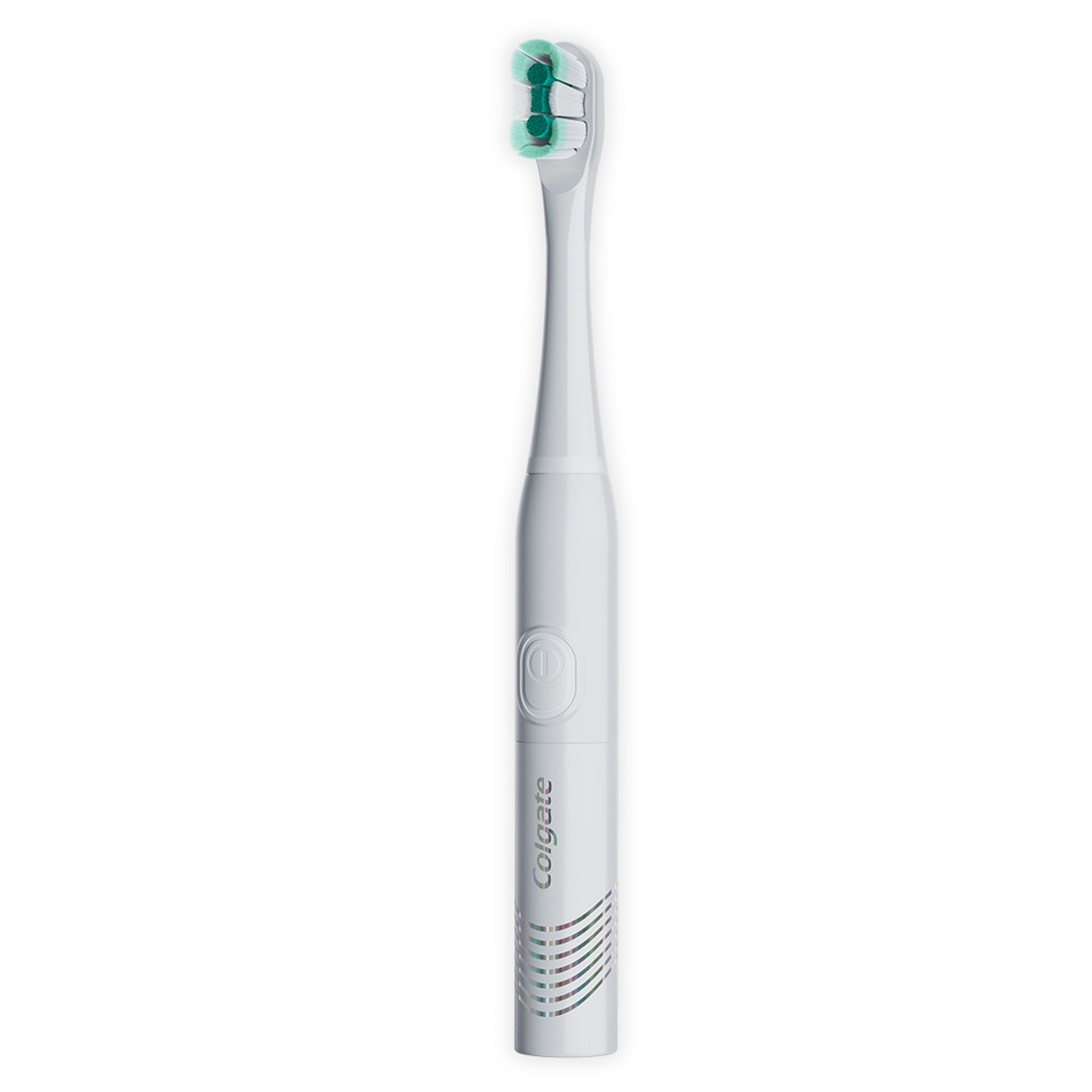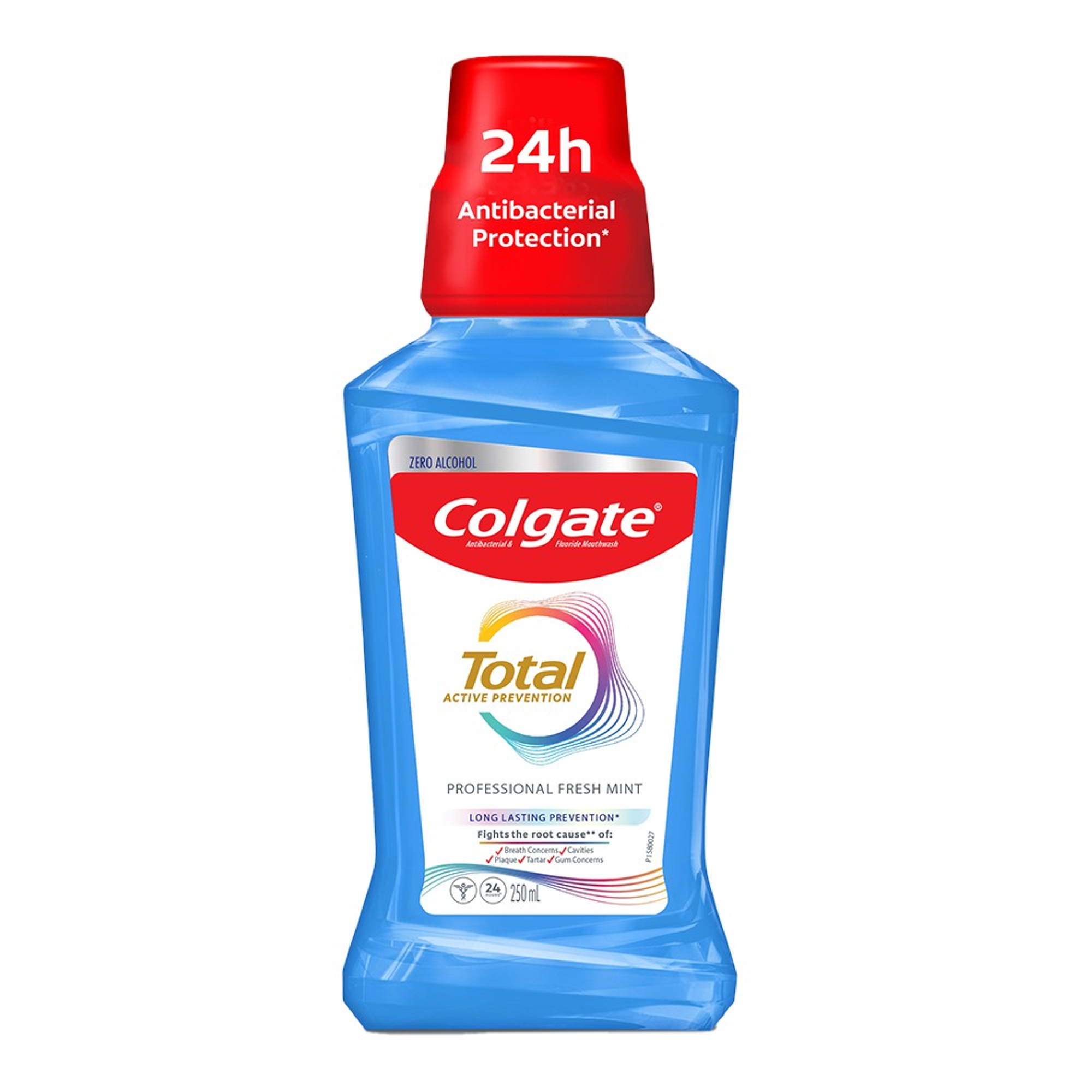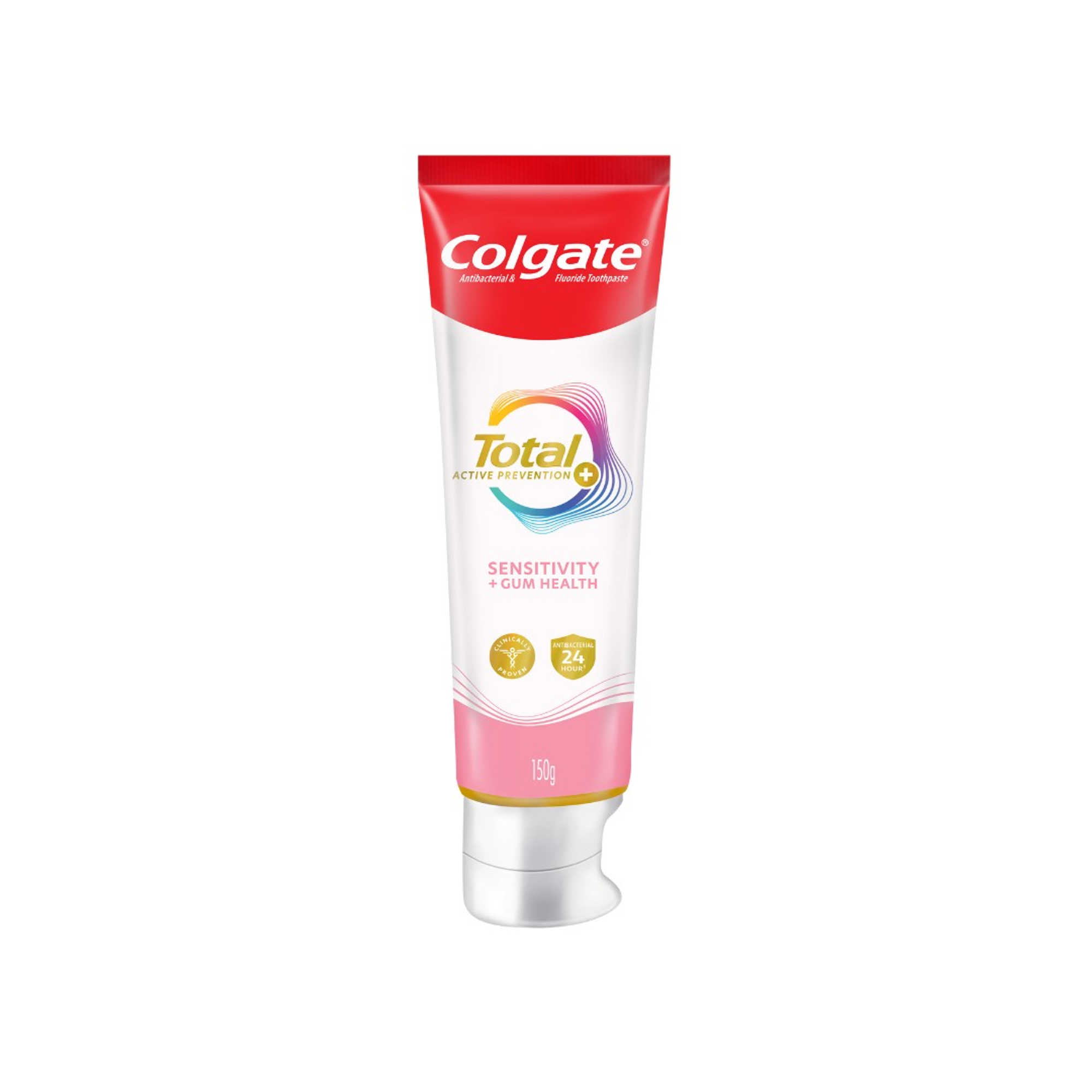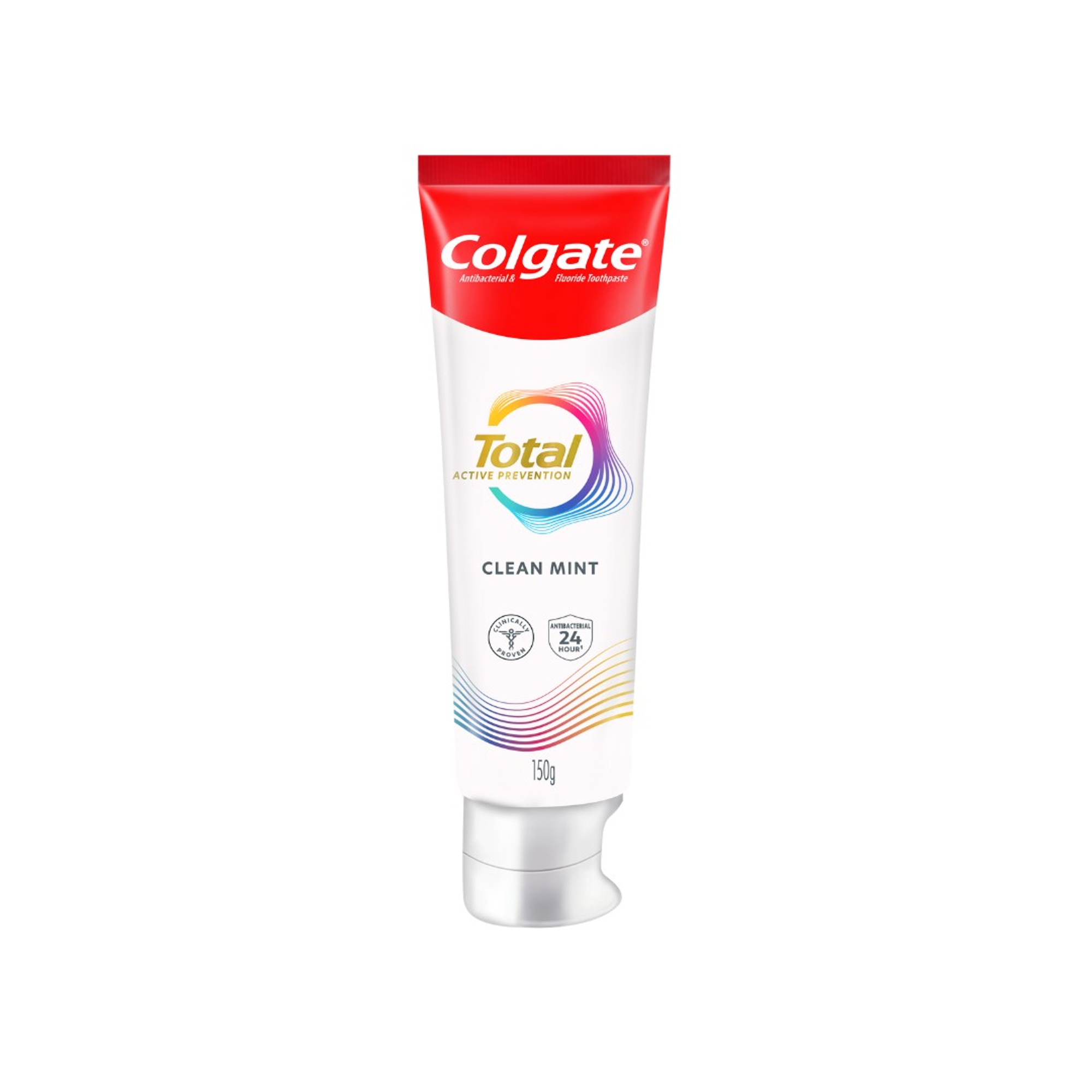-
-

ADULT ORTHODONTICS
Should You Use Mouthwash Before or After Brushing?Brushing and flossing are the foundation of a good oral hygiene routine, but mouthwash can also be a useful addition...

SELECTING DENTAL PRODUCTS
Soft Vs. Hard Toothbrush: Which One Should You Use?The toothbrush has come a long way. As the American Dental Association (ADA) notes...
-
Science & Innovation
- Oral Health and Dental Care | Colgate®
- Oral Health
- What Is a Sonic Toothbrush?


Technology can make all facets of life easier — including your oral care routine. Today, dentists use devices such as X-rays and electric rotary polishers for preventive care and cleaning. Tooth cleaning technology has made its way into patients' homes, too, with devices like sonic toothbrushes.
What Are Sonic Toothbrushes?
A sonic toothbrush is a type of electric toothbrush that uses specific technology to remove plaque and clean teeth. According to a study in the Journal of Oral Hygiene & Health, most electric toothbrushes emit ultrasound and sonic waves — as many as 16,000 strokes per minute — to vibrate the brush. The sonic waves massage the salivary glands, which increases saliva flow and assists with cleaning teeth.
A perfect example of a sonic brush is one that works with an app to track your brushing behavior. Using sensors and advanced algorithms, the brush and app can help you spot missed areas by tracking where and how you brush.
Choosing a Toothbrush
Choosing the right toothbrush is just as important as developing a good oral care regimen. Consider handle style (it should feel comfortable in your hand), head shape and style of bristles. A toothbrush with a small head makes it easier to reach every spot in the mouth. And soft bristles will clean your teeth without damaging your gums or enamel.
Many people have opted for electric toothbrushes, meaning the brush head spins or vibrates. These brushes may be a good choice for patients with arthritis or other medical conditions, as the wide, comfortable handle is easy to grip. The power switches are easy to access, and many electric brushes feature a timer that ensures you brush for two minutes. Keep in mind you will need to charge an electric toothbrush, but the battery life often lasts at least several days.
Studies have shown that electric toothbrushes have some benefits over manual ones. A report published in Cochrane found that using an electric toothbrush resulted in more plaque removal and gingivitis reduction than using a manual toothbrush.
Proper Brushing Technique
Whether you opt for a sonic toothbrush or not, make sure you brush correctly to provide the best care for your teeth. Use short, gentle strokes, and pay extra attention to the gumline, back teeth, crowns, fillings and other restorative work. Clean specific sections in the following order:
Outer surfaces of upper teeth, then lower teeth
Inner surfaces of upper teeth, then lower teeth
Chewing surfaces
Tongue to keep your breath fresh
Once you've brushed for two minutes, don't forget to floss! Remember to change your toothbrush (or toothbrush head) every few months and immediately after recovering from a cold. No matter what type of toothbrush you prefer, make sure you brush and floss regularly and schedule professional cleanings with your dentist.
Related Products

Helping dental professionals
More professionals across the world trust Colgate. Find resources, products, and information to give your patients a healthier future











